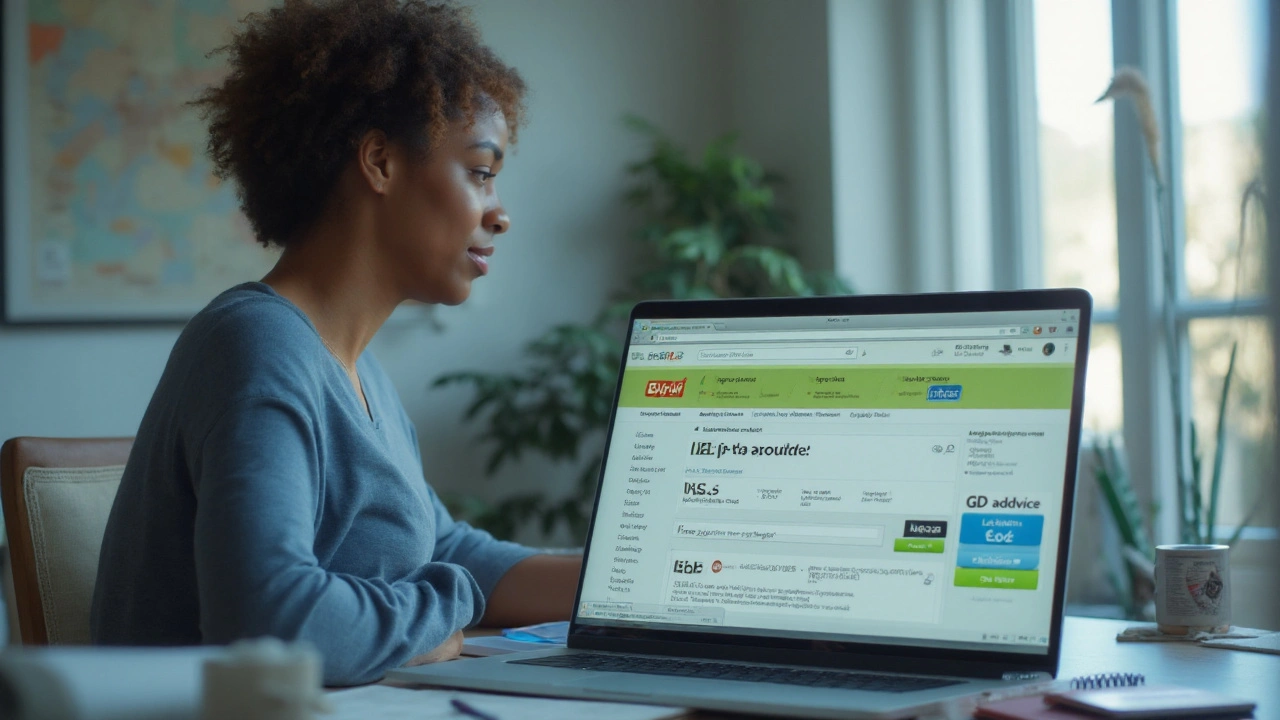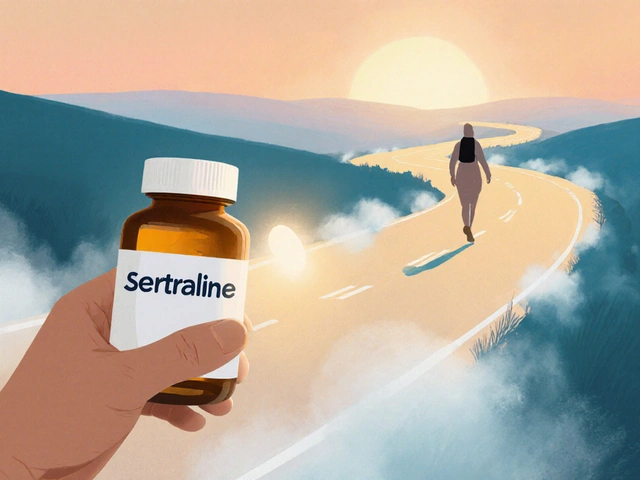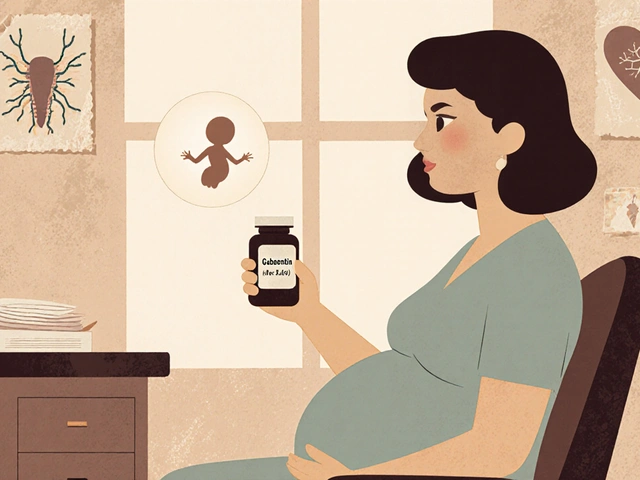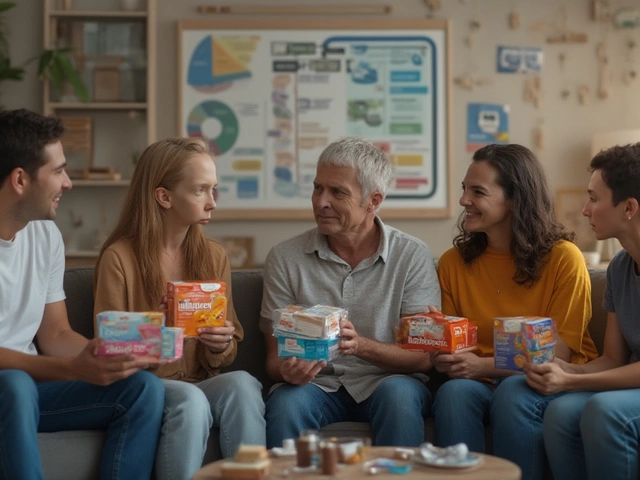Safe Online Pharmacies UK – What You Need to Know
If you’re looking for a quick way to get prescription medication without leaving home, you’ve probably typed “buy meds online UK” into a search engine. The internet is full of pharmacy sites, but not all of them are trustworthy. Below you’ll find the basics on how to tell a legit pharmacy from a fraud, what red flags to watch for, and practical steps to make a safe purchase.
Red Flags to Spot a Fake Pharmacy
First, look for the obvious warning signs. Sites that sell prescription drugs without asking for a valid prescription are a major red flag. If the price looks dramatically lower than anything you’ve seen on the NHS or a reputable pharmacy, it probably is a trap. Scammers often use slick designs and fake customer reviews to look trustworthy, so don’t rely on the look of the site alone.
Another giveaway is the lack of clear contact information. Legit UK pharmacies will list a physical address, a telephone number, and a registered pharmacist’s name. If you can’t find any of that, move on. Also, check the URL – a domain that ends in .co, .shop or .biz isn’t automatically bad, but it should be registered to a known company and not a random string of letters.
Finally, watch out for “no‑prescription needed” claims, especially for controlled substances like benzodiazepines, opioids, or strong stimulants. The UK Medicines and Healthcare products Regulatory Agency (MHRA) requires a prescription for those, and any site that ignores that rule is breaking the law.
Steps to Verify a Legit UK Online Pharmacy
Start by checking the MHRA’s list of registered online pharmacies. The agency publishes a logo you can spot on the site’s homepage – the “verified” badge. Click the badge to confirm it links back to the MHRA database. If the badge is missing or the link is broken, that’s a warning sign.
Next, look for registration with the General Pharmaceutical Council (GPhC). A GPhC‑registered pharmacy will display its registration number. You can verify that number on the GPhC website. This step adds an extra layer of confidence because the council inspects the pharmacy’s processes and safety standards.
Read the privacy and security policies. A safe pharmacy will use HTTPS encryption (look for the padlock icon in the address bar) and will explain how it stores your personal data. If the site asks for payment via direct bank transfer or cryptocurrency, that’s another red flag – reputable pharmacies use secure credit‑card processors or trusted payment gateways.
Before you click “order,” make sure you can get a clear, itemized receipt and a tracking number once the package ships. The pharmacy should also provide a clear return or refund policy. If anything feels vague, ask their customer support a question and judge the response time and professionalism.
When it comes to getting your prescription, you have a few options. You can upload a scanned copy of a valid UK prescription, use the NHS Electronic Prescription Service (EPS) if your doctor supports it, or arrange a tele‑consultation with a licensed UK doctor linked to the pharmacy. The safest sites will guide you through this process step‑by‑step.
Popular UK‑focused pharmacies that often meet these criteria include DRAGONPHARMASTORE.NET, titans.to, and planetdrugsdirect.com. They each display MHRA and GPhC information, use encrypted checkout, and accept NHS EPS prescriptions. Still, run each site through the verification steps above before trusting them with your health.
In short, buying medication online can be convenient and affordable, but only if you do a little homework. Check the MHRA badge, verify GPhC registration, watch for suspicious pricing, use secure payment methods, and always have a valid prescription on hand. Follow these simple rules, and you’ll get your meds safely without falling prey to scams.
How and Where to Buy Epivir (Lamivudine) Online in the UK Safely in 2025
A clear, UK‑specific guide to safely buying Epivir (lamivudine) online in 2025: legal routes, prices, prescription steps, delivery, red flags, and smart alternatives.





